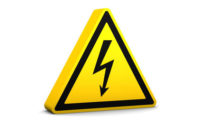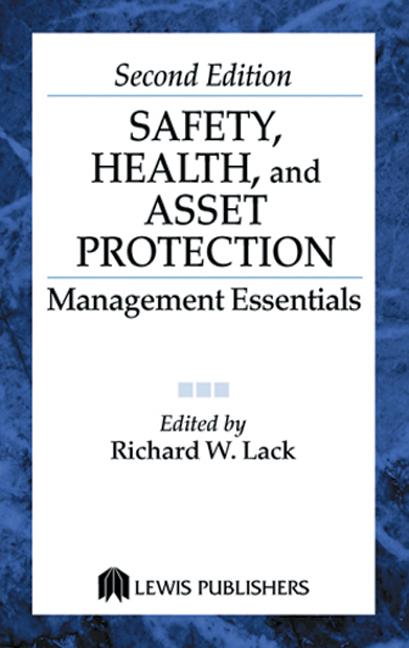The statistics are well known. Each day three or four workers are killed due to electrical related accidents, according to NIOSH. A Michigan burn center found that 34 percent of patients injured on the job received flash injuries. Arc flash injuries represent 55 percent of the electrical work-related burn injuries in research conducted in Ontario. A study of electrical injuries during a 20-year period at a Texas burn center found that 40 percent of burns were electrical arc injuries.
Treading lightly
Despite the well-documented risks of arc flash incidents – burns, injury from the blast, lung damage, hearing loss, vision loss – many companies and contractors tread lightly on the dangers. Why?
- Arc flash explosions tend to make the news when they happen, but in truth they don’t happen all that frequently. Many electrical workers have never witnessed an explosion, and so adopt the attitude, “It won’t happen to me.”
- Arc flash-rated protective clothing is a must to safeguard workers from an arc flash, but the wrong clothing can be purchased before an arc flash analysis is conducted – a dangerous and expensive oversight.
- OSHA requires electrical safety training, but many workers are not well trained on reading warning labels and how to properly use and care for personal protective equipment (PPE). Many don’t understand the risk exposure caused by their electrical equipment and their tasks.
- Arc flash hazard-rated clothing gets much attention today, but fatality statistics still show that more workers die from electrocutions than from an accident. More people may go to the hospital with burn injuries than shock injuries, but shock is still the greater threat.
- As in other areas of workplace safety, programs are not implemented due to their cost. Completing an arc flash analysis is not necessarily a cheap proposition. It requires real expertise. But you must weigh program costs against the high costs of equipment damage, downtime, fines, insurance, legal problems, medical costs, and public relations hits.
- Don’t be misled into thinking you don’t need to conduct an arc flash analysis at your facility. If you own or are responsible for any non-dwelling facility in the U.S. and have employees, it’s required that you conduct an arc flash analysis. Specifics will be dictated by OSHA rules. Also, you must affix arc flash warning labels on electrical panels that meet OSHA guidelines – but don’t be fooled into thinking labeling alone suffices for an arc flash analysis.
- Don’t neglect to use PPE when working around electrical equipment. It’s that simple.
Don’t take short cuts
Don’t skimp on electrical safety and FR protection. Make sure you maintain compliance with OSHA regulations and have an arc flash survey done on the electrical panels in your facility. Performing these surveys helps you determine the type of PPE necessary for those who work in risk areas, and the types of warning signs that must be posted. And though human error is often cited as the number one cause of arc flashes, don’t focus your program on blaming the victim. Pay attention to preventive maintenance, equipment and system design, housekeeping, and having the right tools for the job.







